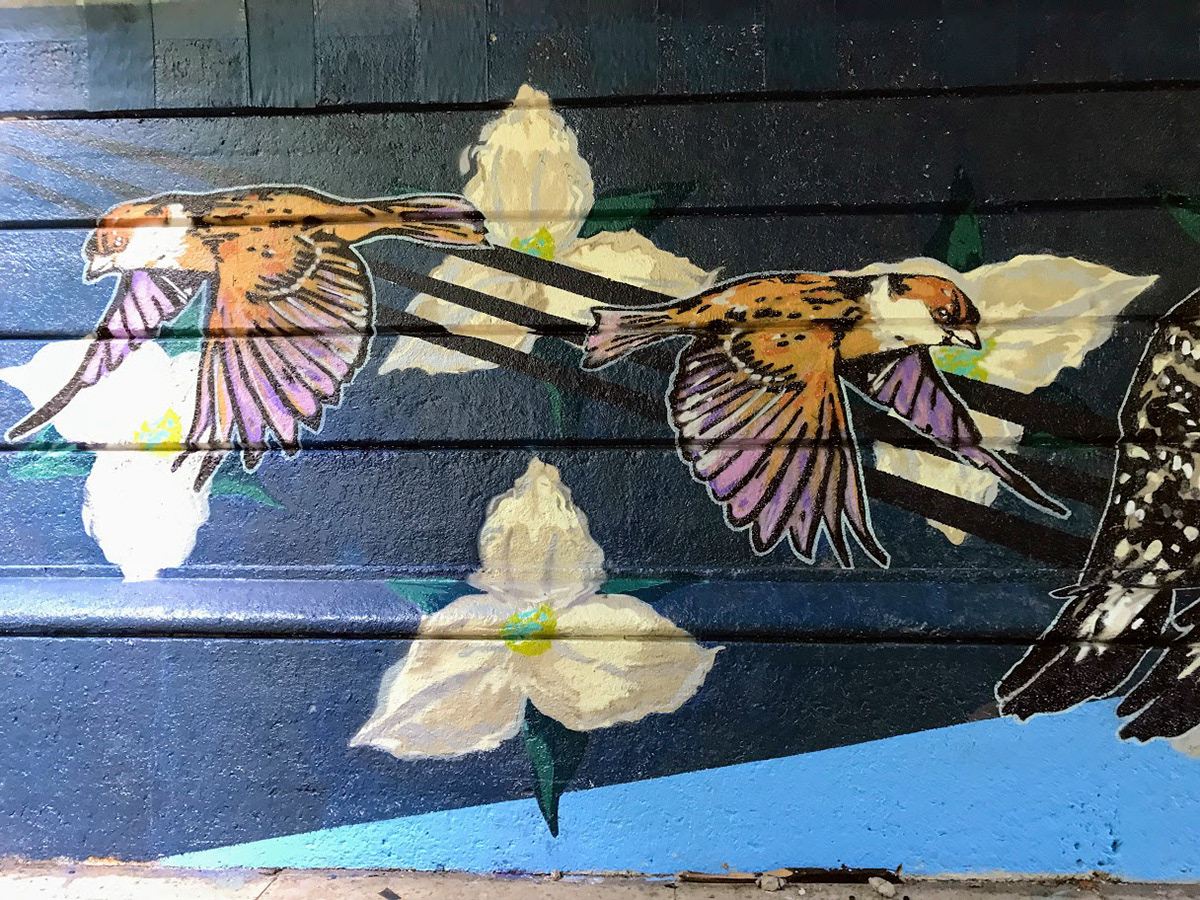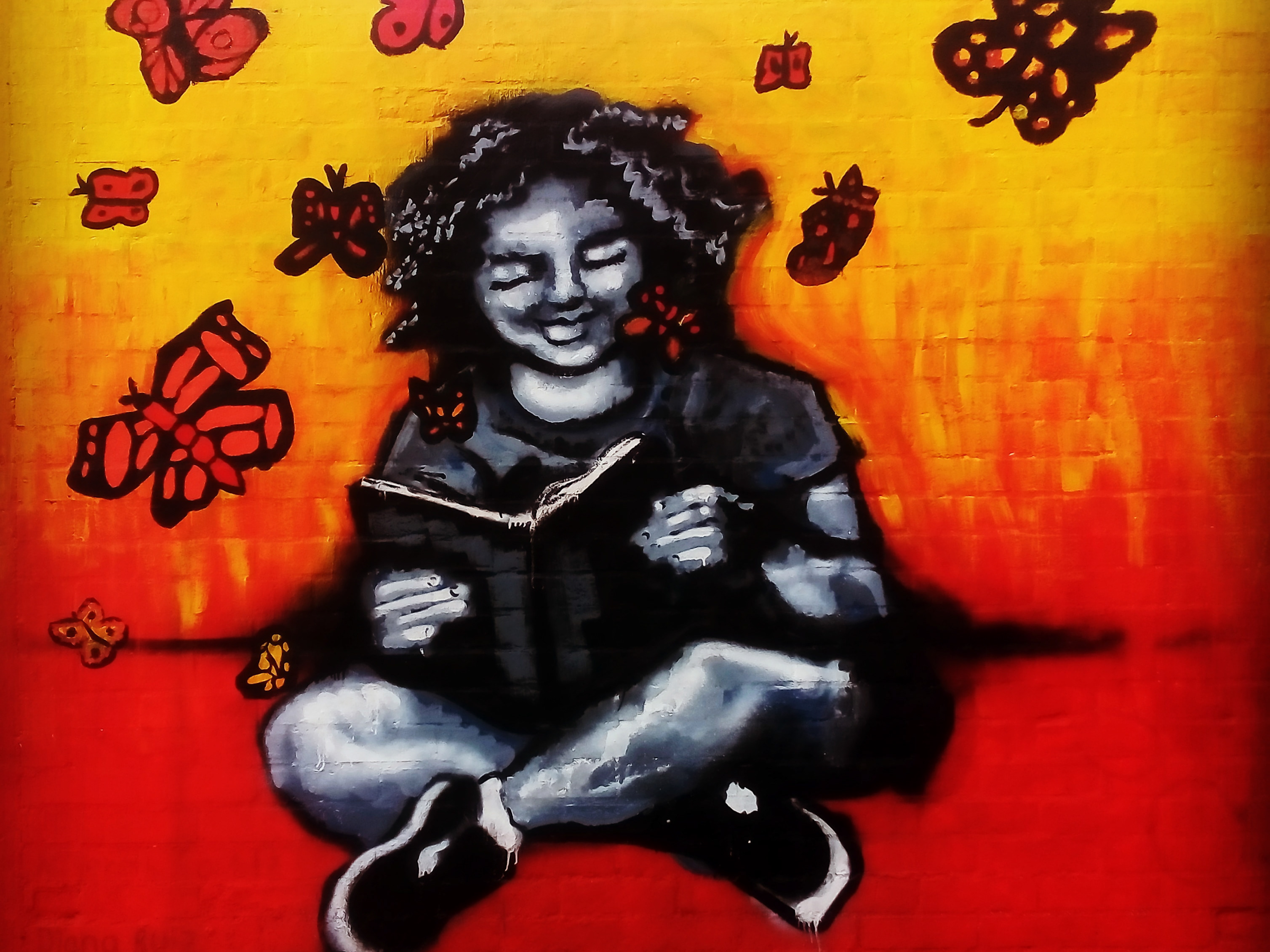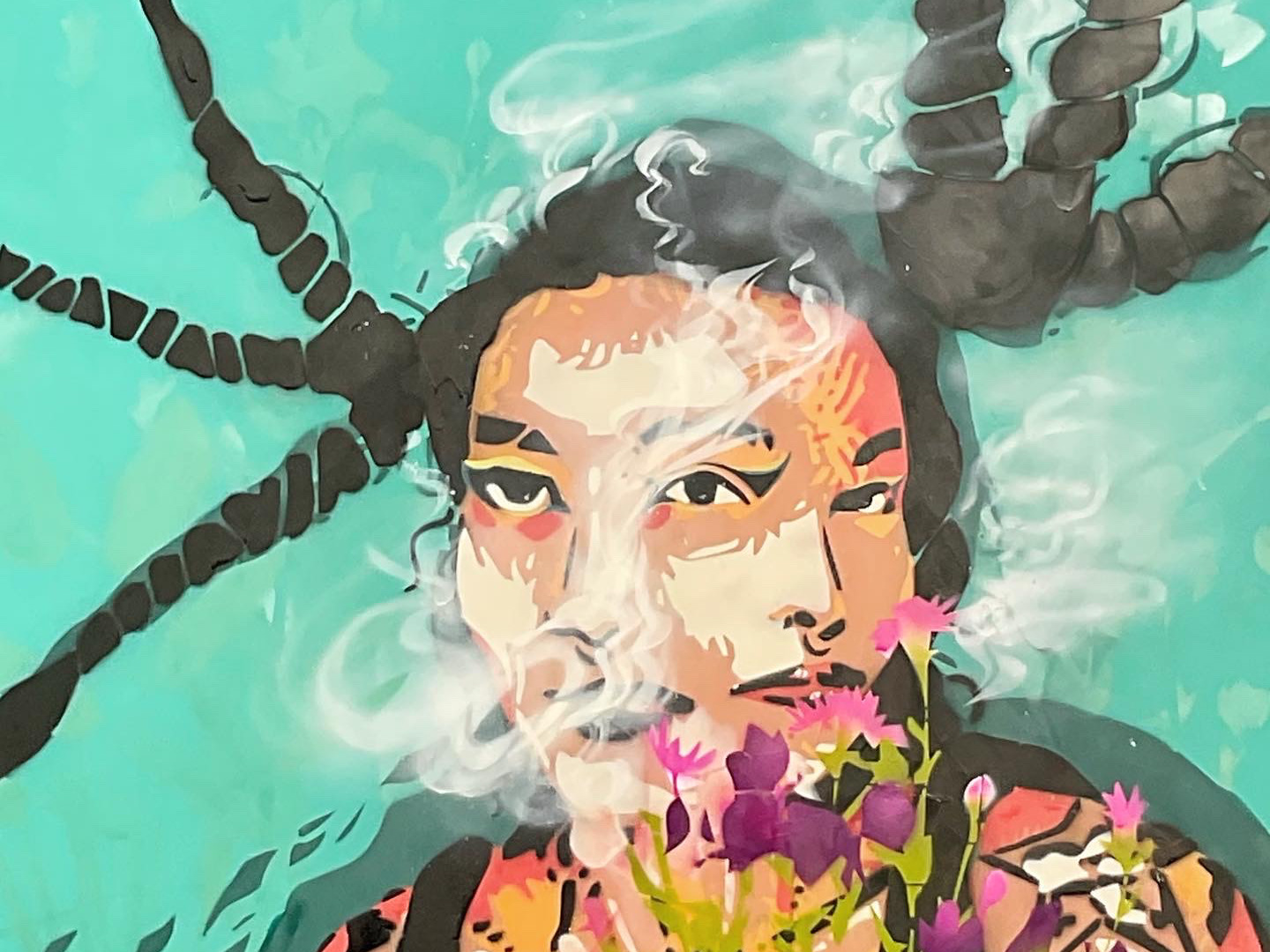Mayahuel Artist’s artist’s statement
Mayahuel is a goddess of agave and of pulque, she is the elixir of gods, the magic of the Aztecs- but she is also a goddess of creation and destruction who protects and supports fertility in all its various guises, and this was why we chose to use her image. It’s appropriate that she should be naked- she is also a figure of female sexual power- yet we have been frustated to see how much spotlight has been placed on the nudity issue (and there are plenty of precedents of similar nudity at the gallery), when we feel the real issue is the depiction of female latin rage.
Representation is not true representation if it is only allowed in a sanitized and palatable form or only represented for latin/Hispanic heritage month. The attempts to censor our mural highlighted a culture clash between conservative middle america and the feminist latin community-but that comes with the territory of true representation.
In the last two years, Mexico, Argentina and Colombia have decriminalized or fully legalized abortion, and many other Latin American countries are on their way- meanwhile, as our protections in the US disappear, our mural was a call to look to our counterparts in Latin America for inspiration and strategy- strategies that include direct action and new ways to subvert systems. The abortion rights movement in the US is very isolated, and we need to be connecting with, learning from and supporting our counterparts in the rest of the world.
Collectively, as artists working in Columbus we have experienced a deep and systemic culture of censorship and control of artwork. There is very little tangible support for artists freedom of expression- and plenty of institutions and individuals who want to either control it or use it to their benefit. The systems that one has to navigate to create visible art in this city force artists to self-censor their work- which results in there being very little space for artwork that brings up difficult conversations.
We want to acknowledge 934 Gallery’s willingness to sit in discomfort during these difficult conversations and use this situation as a learning opportunity and their platform to educate. This has not been an easy process for either the artists or the gallery, but we believe that these conversations are important and vital to have for the growth of the artistic community.







